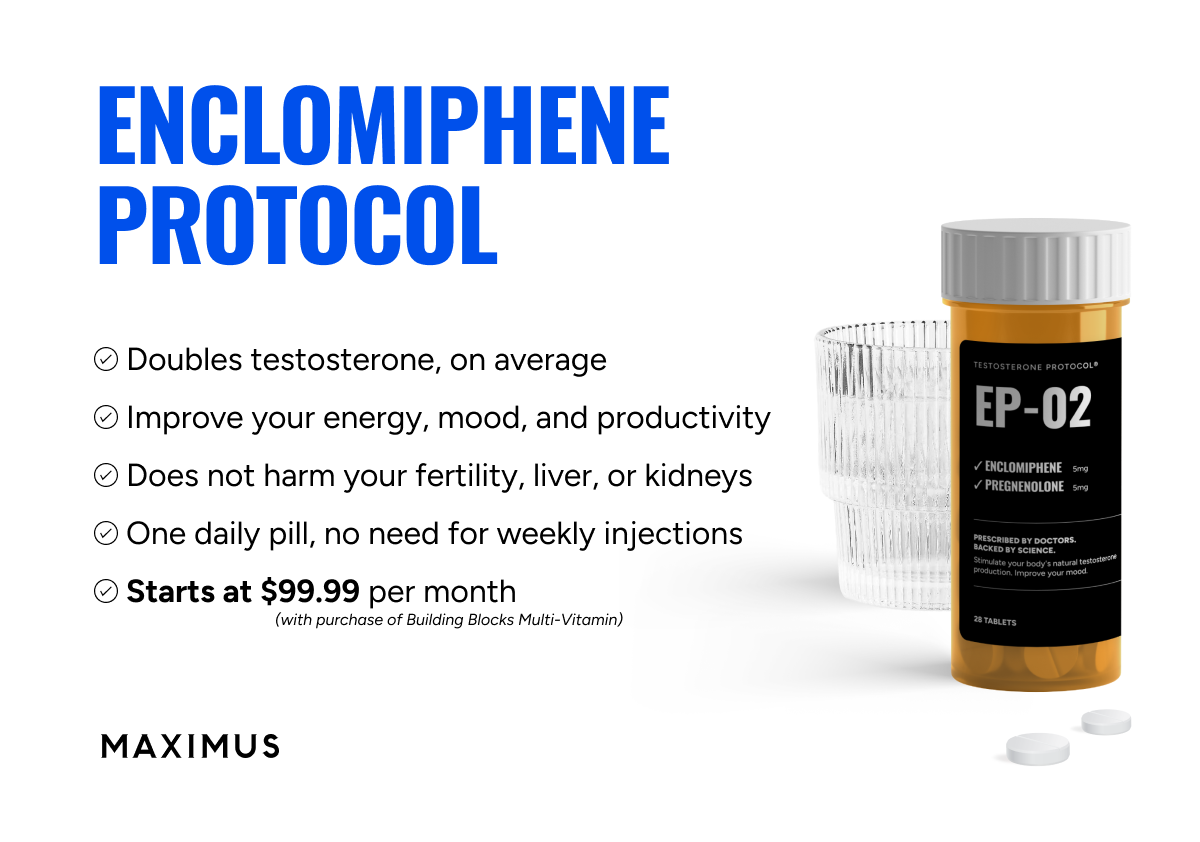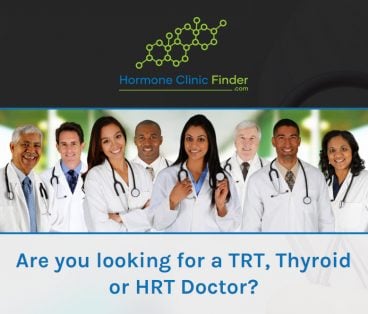madman
Super Moderator
FIGURE 1 Direct and indirect mechanisms by which opioids cause hypogonadism. +, stimulation; -, inhibition; FSH, follicle-stimulating hormone; GnRH, gonadotropin-releasing hormone; LH, luteinizing hormone; PRL, prolactin; T, testosterone.

------4
Abstract
Background
Opioid analgesics are frequently prescribed for the treatment of chronic pain and are a common cause of male androgen deficiency. Despite its high prevalence, this adverse effect of chronic opioid use remains underappreciated by clinicians. As a result, androgen deficiency remains underdiagnosed and likely undertreated.This focused review discusses the expanding literature on opioid-induced androgen deficiency and the efficacy of testosterone therapy, with a particular focus on its anti-nociceptive effects.
Methods
Original and review articles on opioid-induced male androgen deficiency published from 1950 through June 2024 were retrieved from PubMed using the key terms “opioids,” “hypogonadism,” “low testosterone,” and “testosterone therapy.”References within the retrieved publications were also researched.
Results
Opioids suppress the gonadal axis mainly by inhibiting GnRH synthesis and secretion. The prevalence of opioid-induced androgen deficiency in men varies between 20% and 80% and is influenced by the type of opioid used, duration of exposure, age of the cohort, and how low testosterone was defined. Limited data from clinical trials suggest that testosterone therapy improves libido, body composition, and certain domains of quality of life. Early evidence also suggests that testosterone has anti-nociceptive properties, confirming findings from preclinical and population studies.
Conclusion
Chronic opioid use is a common but underappreciated cause of androgen deficiency in men. There is a need to raise awareness among clinicians regarding this adverse effect of opioid use. Testosterone therapy could be considered in men with unequivocal androgen deficiency after a thorough clinical evaluation. Ongoing clinical trials will shed further light on the efficacy of testosterone therapy, particularly regarding its anti-nociceptive effects.
-----4
This focused review addresses the (i) pharmacology of opioids, (ii)pathophysiology, epidemiology and clinical consequences of opioid induced androgen deficiency, and (iii) efficacy data from clinical trials of testosterone therapy in this patient population.
-------4
2 OPIOIDS AND OPIOID RECEPTORS
-----4
3 MECHANISMS BEHIND OPIOID-INDUCED ANDROGEN DEFICIENCY
Opioid analgesics potently suppress the HPG axis which occurs via a central effect on the hypothalamus (secondary hypogonadism). This effect is mediated via two main mechanisms: i) direct inhibition of GnRH synthesis and secretion and ii) indirect effect via hyperprolactinemia (Figure 1).13 Although the predominant mechanism by which opioids induce androgen deficiency is suppression of GnRH,some reports suggest that opioids may reduce testosterone secretion by direct action on the testes.6,7
3.1 Inhibition of GnRH synthesis and secretion
3.2 Hyperprolactinemia
----------4
4 EPIDEMIOLOGY OF OPIOID-INDUCED ANDROGEN DEFICIENCY
----4
5 CLINICAL CONSEQUENCES OF OPIOID-INDUCED ANDROGEN DEFICIENCY
Androgen deficiency resulting from opioid use affects various organ systems.47 Some of these clinical consequences are summarized below.
5.1 Sexual function
5.2 Pain perception and tolerance
5.3 Bone mineral density
5.4 Quality of life and mood
-----------4
6 CLINICAL EVALUATION OF MEN WITH OPIOID-INDUCED ANDROGEN DEFICIENCY
------4
7 EFFICACY OF TESTOSTERONE THERAPY IN OPIOID-INDUCED ANDROGEN DEFICIENCY
Although the long-term benefits of testosterone replacement in men with opioid-induced androgen deficiency are still under investigation, short-term studies have reported its efficacy on sexual function, body composition, quality of life, and nociception 6,66–70 (Table 2). However, only two randomized, double-blind, placebo-controlled trials of testosterone replacement in men with opioid-induced androgen deficiency have been performed to date.6,67 The following section summarizes the efficacy of testosterone replacement in this patient population.
7.1 Sexual function
7.2 Body composition
7.3 Quality of life and mood
7.4 Pain perception and tolerance
7.5 Fractures and anemia
------4
8 LIMITATIONS
This review has a few limitations. First, we only discuss the impact of prescription opioids on the male gonadal axis. We do not review data in men with opioid addiction as the two patient populations are quite different. Second, this review is solely dedicated to assessing the effect of opioid analgesics on serum androgens levels and the efficacy of testosterone therapy on various outcomes in men with opioid-induced androgen deficiency. We do not discuss the effects of opioid-induced androgen deficiency on semen quality as the published data are scarce and mainly in men with opioid addiction. The authors intend to prepare another review in which the impact of opioid addiction on various endocrine axes, including data on semen quality, will be reviewed.
------4
CONCLUSION
Opioid analgesics potently suppress the HPG axis. With continued use of prescription opioids in the United States, the burden of opioid induced androgen deficiency is likely to be significant. However, there remains a lack of awareness among clinicians regarding the association between opioid use and androgen deficiency, which may translate into lower rate of diagnosis. Clinicians should assess patients on chronic opioid treatment for signs and symptoms of androgen deficiency, such as sexual dysfunction, low bone mass, and reduced quality of life. Androgen deficiency due to opioid use also removes the protectiont hat testosterone provides against nociception, thereby reducing the efficacy of prescribed opioids and leading to increased pain perception. After a careful clinical and biochemical evaluation, symptomatic patients with low testosterone could be started on testosterone therapy as data from randomized trials has demonstrated its efficacy in improving sexual function, body composition, quality of life and nociception. Larger trials of longer duration are needed to confirm these findings. The ongoing PATH Trial will shed further light on the efficacy and underlying mechanisms of the anti-nociceptive effect of testosterone therapy in men on chronic opioids.
------4
Abstract
Background
Opioid analgesics are frequently prescribed for the treatment of chronic pain and are a common cause of male androgen deficiency. Despite its high prevalence, this adverse effect of chronic opioid use remains underappreciated by clinicians. As a result, androgen deficiency remains underdiagnosed and likely undertreated.This focused review discusses the expanding literature on opioid-induced androgen deficiency and the efficacy of testosterone therapy, with a particular focus on its anti-nociceptive effects.
Methods
Original and review articles on opioid-induced male androgen deficiency published from 1950 through June 2024 were retrieved from PubMed using the key terms “opioids,” “hypogonadism,” “low testosterone,” and “testosterone therapy.”References within the retrieved publications were also researched.
Results
Opioids suppress the gonadal axis mainly by inhibiting GnRH synthesis and secretion. The prevalence of opioid-induced androgen deficiency in men varies between 20% and 80% and is influenced by the type of opioid used, duration of exposure, age of the cohort, and how low testosterone was defined. Limited data from clinical trials suggest that testosterone therapy improves libido, body composition, and certain domains of quality of life. Early evidence also suggests that testosterone has anti-nociceptive properties, confirming findings from preclinical and population studies.
Conclusion
Chronic opioid use is a common but underappreciated cause of androgen deficiency in men. There is a need to raise awareness among clinicians regarding this adverse effect of opioid use. Testosterone therapy could be considered in men with unequivocal androgen deficiency after a thorough clinical evaluation. Ongoing clinical trials will shed further light on the efficacy of testosterone therapy, particularly regarding its anti-nociceptive effects.
-----4
This focused review addresses the (i) pharmacology of opioids, (ii)pathophysiology, epidemiology and clinical consequences of opioid induced androgen deficiency, and (iii) efficacy data from clinical trials of testosterone therapy in this patient population.
-------4
2 OPIOIDS AND OPIOID RECEPTORS
-----4
3 MECHANISMS BEHIND OPIOID-INDUCED ANDROGEN DEFICIENCY
Opioid analgesics potently suppress the HPG axis which occurs via a central effect on the hypothalamus (secondary hypogonadism). This effect is mediated via two main mechanisms: i) direct inhibition of GnRH synthesis and secretion and ii) indirect effect via hyperprolactinemia (Figure 1).13 Although the predominant mechanism by which opioids induce androgen deficiency is suppression of GnRH,some reports suggest that opioids may reduce testosterone secretion by direct action on the testes.6,7
3.1 Inhibition of GnRH synthesis and secretion
3.2 Hyperprolactinemia
----------4
4 EPIDEMIOLOGY OF OPIOID-INDUCED ANDROGEN DEFICIENCY
----4
5 CLINICAL CONSEQUENCES OF OPIOID-INDUCED ANDROGEN DEFICIENCY
Androgen deficiency resulting from opioid use affects various organ systems.47 Some of these clinical consequences are summarized below.
5.1 Sexual function
5.2 Pain perception and tolerance
5.3 Bone mineral density
5.4 Quality of life and mood
-----------4
6 CLINICAL EVALUATION OF MEN WITH OPIOID-INDUCED ANDROGEN DEFICIENCY
------4
7 EFFICACY OF TESTOSTERONE THERAPY IN OPIOID-INDUCED ANDROGEN DEFICIENCY
Although the long-term benefits of testosterone replacement in men with opioid-induced androgen deficiency are still under investigation, short-term studies have reported its efficacy on sexual function, body composition, quality of life, and nociception 6,66–70 (Table 2). However, only two randomized, double-blind, placebo-controlled trials of testosterone replacement in men with opioid-induced androgen deficiency have been performed to date.6,67 The following section summarizes the efficacy of testosterone replacement in this patient population.
7.1 Sexual function
7.2 Body composition
7.3 Quality of life and mood
7.4 Pain perception and tolerance
7.5 Fractures and anemia
------4
8 LIMITATIONS
This review has a few limitations. First, we only discuss the impact of prescription opioids on the male gonadal axis. We do not review data in men with opioid addiction as the two patient populations are quite different. Second, this review is solely dedicated to assessing the effect of opioid analgesics on serum androgens levels and the efficacy of testosterone therapy on various outcomes in men with opioid-induced androgen deficiency. We do not discuss the effects of opioid-induced androgen deficiency on semen quality as the published data are scarce and mainly in men with opioid addiction. The authors intend to prepare another review in which the impact of opioid addiction on various endocrine axes, including data on semen quality, will be reviewed.
------4
CONCLUSION
Opioid analgesics potently suppress the HPG axis. With continued use of prescription opioids in the United States, the burden of opioid induced androgen deficiency is likely to be significant. However, there remains a lack of awareness among clinicians regarding the association between opioid use and androgen deficiency, which may translate into lower rate of diagnosis. Clinicians should assess patients on chronic opioid treatment for signs and symptoms of androgen deficiency, such as sexual dysfunction, low bone mass, and reduced quality of life. Androgen deficiency due to opioid use also removes the protectiont hat testosterone provides against nociception, thereby reducing the efficacy of prescribed opioids and leading to increased pain perception. After a careful clinical and biochemical evaluation, symptomatic patients with low testosterone could be started on testosterone therapy as data from randomized trials has demonstrated its efficacy in improving sexual function, body composition, quality of life and nociception. Larger trials of longer duration are needed to confirm these findings. The ongoing PATH Trial will shed further light on the efficacy and underlying mechanisms of the anti-nociceptive effect of testosterone therapy in men on chronic opioids.













